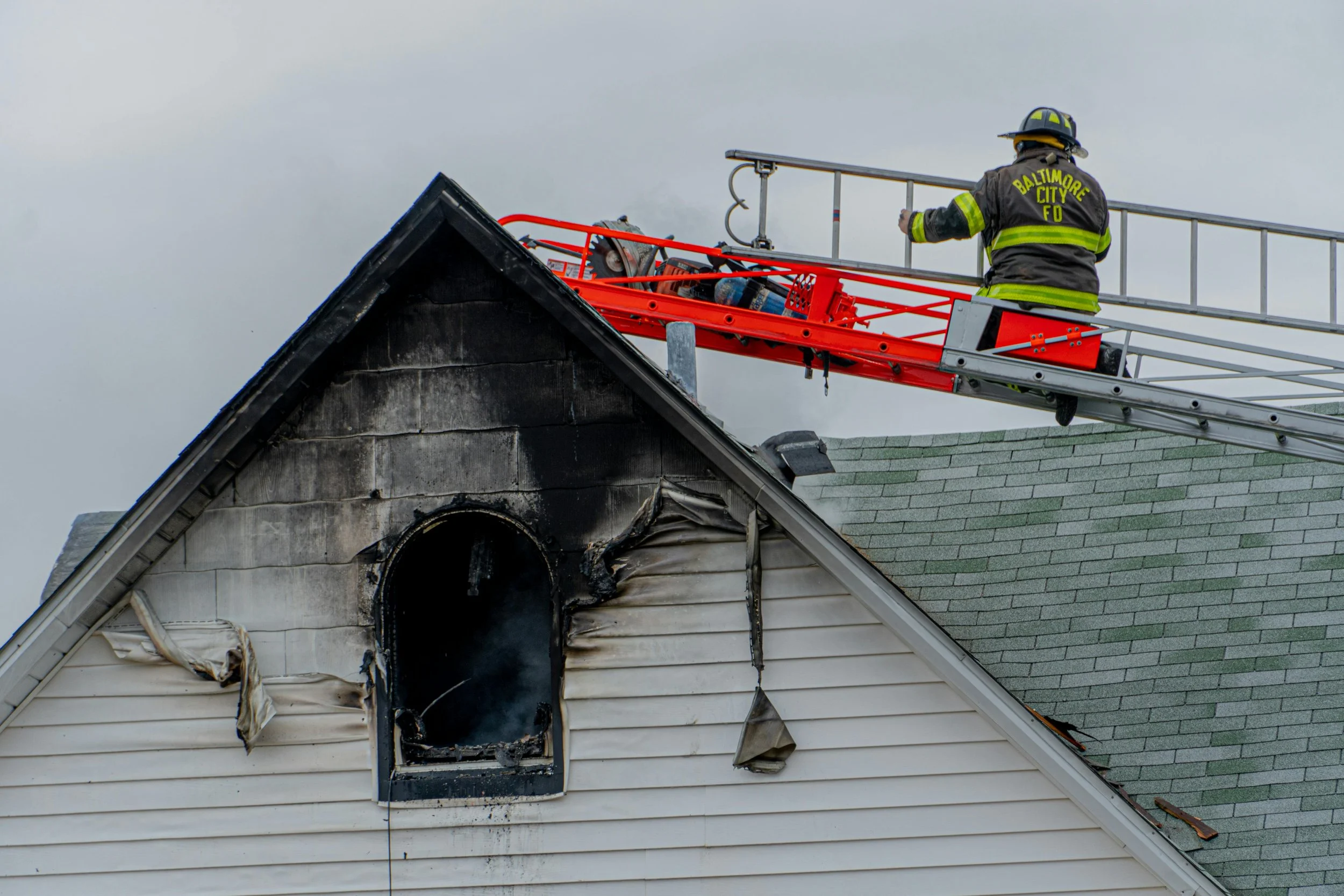Key Tips for Fire Damage Repair, Cleanup, and Home Recovery
Experiencing a fire in your home can be devastating. Beyond the emotional toll, the physical damage can be overwhelming. Understanding the steps for fire damage cleanup, repair, and recovery is crucial for bringing your home and life back to normal. In this guide, we'll provide you with practical tips to help you through this challenging process.
Understanding Fire Damage
Before diving into the cleanup process, it's important to understand the different types of damage a fire can cause. Fire damage is not only about what the flames destroy. It includes smoke damage, soot accumulation, and water damage from firefighting efforts.
Types of Fire Damage:
Structural Damage: This is the most evident type of harm, including the destruction of walls, roofs, and other essential parts of a house.
Smoke Damage: Smoke can infiltrate walls, carpets, and furniture, leaving a lingering odor and potential health hazards.
Soot Damage: Soot, the black residue left behind after a fire, can stain and deteriorate surfaces.
Water Damage: Water used to extinguish the fire can lead to mold growth and other issues if not addressed promptly.
Understanding these different types of damage will help you prioritize your cleanup and repair efforts.
Immediate Steps After a Fire
Once the fire is out and it's safe to return, there are immediate steps you should take to begin the cleanup and recovery process.
Ensure Safety First and foremost, ensure that your home is safe to enter. Check with the fire department to confirm that the fire is completely extinguished and that the structure is stable. Be cautious of hazards such as loose wires, broken glass, and weak floors.
Contact Your Insurance Company Notify your insurance company about the fire as soon as possible. They will guide you through the claims process and send an adjuster to assess the damage. Document everything by taking photos and videos of the damage, which will be useful for your claim.
Secure the Property Prevent further damage by securing your property. Board up broken windows and doors, and cover any openings in the roof with tarps to protect against weather damage.
Fire Damage Cleanup
Cleaning up after a fire is a challenging task that may require professional assistance. However, there are steps you can take to begin the process.
Remove Debris Clear out debris and any items that are beyond repair. This will help you assess the extent of the damage and make the cleanup process more manageable.
Ventilate the Area Open windows and doors to allow fresh air to circulate. This will help dissipate smoke odors and reduce moisture levels, mitigating the risk of mold growth.
Soot and Smoke Cleaning
Walls and Ceilings: Use a dry cleaning sponge to remove soot from walls and ceilings. Avoid using water, as it can smear the soot.
Furniture and Upholstery: Soot can get deeply embedded in fabrics, so hiring a professional cleaning service for these items is recommended.
Hard Surfaces: Clean hard surfaces with a mild detergent or a specialized soot remover.
Addressing Water Damage Dry out areas affected by water as soon as possible. Use fans and dehumidifiers to aid the drying process. If water damage is extensive, consider hiring a professional water damage restoration service.
Fire Damage Repair
Once the initial cleanup is complete, you can focus on repairing and restoring your home.
Structural Repairs Engage a licensed contractor to inspect the structural integrity of your home. They can repair or replace damaged walls, ceilings, roofs, and flooring.
Electrical and Plumbing Systems Fires can damage electrical wiring and plumbing systems. Hire qualified professionals to inspect and repair these systems to ensure they are safe and functional.
Repainting and Refinishing Once you've completed cleaning and repairs, it may be necessary to repaint the walls and refinish surfaces to return your home to how it was before the fire. Use a primer designed to seal in smoke odors before painting.
Preparing to Sell a Fire-Damaged Property
If restoring your home feels overwhelming or you’re looking for a fresh start, selling the property could be a practical solution. Fire-damaged homes may still attract buyers, especially those interested in renovation or investment opportunities. Here are some tips to help you navigate the process:
Get a Professional Assessment Before listing your home, hire professionals to evaluate the extent of fire damage. A detailed report can help set realistic expectations for potential buyers.
Work with a Specialized Realtor Look for real estate agents experienced in selling damaged properties. They can guide you through pricing and marketing strategies to attract the right buyers.
Highlight Restoration Efforts If you’ve made repairs, be sure to highlight them in the listing. Buyers will appreciate knowing what steps have been taken to restore the property.
Be Transparent About the Damage Honesty is essential. Disclose all known damages and repairs to potential buyers to build trust and avoid legal complications later.
Price Competitively Fire-damaged homes typically sell for less than undamaged properties, but pricing fairly can attract cash buyers or investors looking for a good deal.
Moving Forward
Recovering from a fire is challenging, but it also presents an opportunity to rebuild or start anew. Whether you decide to restore your home or sell it, taking informed steps can make the process smoother.
By focusing on cleanup, repair, and preparation, you can turn a difficult situation into a fresh beginning. With time and effort, brighter days are ahead.





